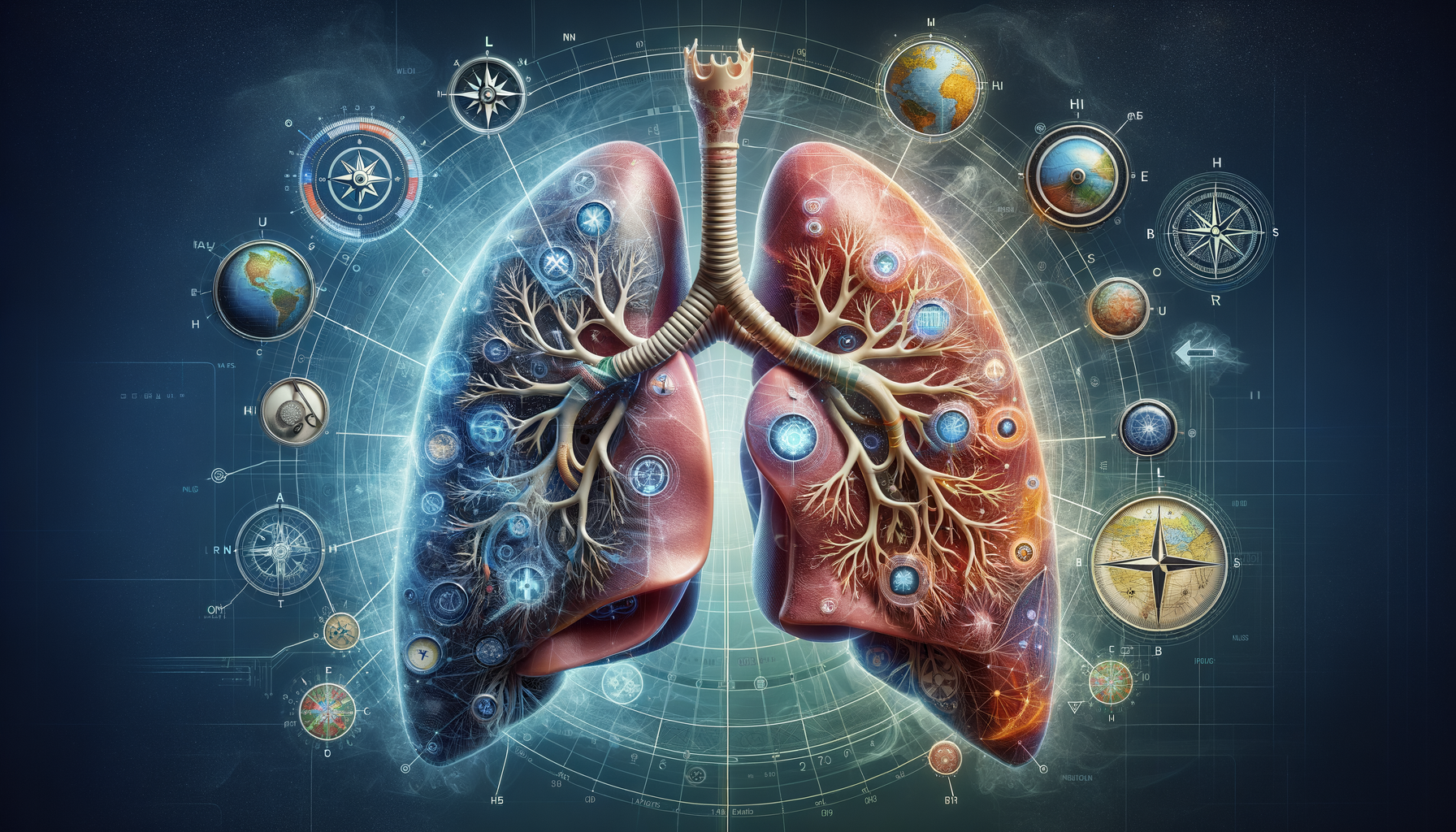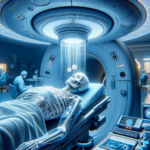Understanding Lung Cancer: Types and Causes
Lung cancer is a formidable disease that affects millions globally, presenting in various forms, primarily categorized into small cell lung cancer (SCLC) and non-small cell lung cancer (NSCLC). Understanding these types is crucial as they differ in growth, spread, and treatment responses. SCLC, though less common, is aggressive and grows rapidly, often spreading to other parts of the body early. NSCLC, accounting for approximately 85% of cases, grows more slowly and is further divided into subtypes such as adenocarcinoma, squamous cell carcinoma, and large cell carcinoma.
Causes of lung cancer are multifaceted, with smoking being the most significant risk factor. Tobacco smoke contains carcinogens that damage lung cells, leading to cancerous mutations. However, non-smokers are not immune. Exposure to radon gas, asbestos, and other environmental pollutants can also increase risk. Genetics play a role, with certain mutations predisposing individuals to the disease. Understanding both the types and causes of lung cancer is essential for prevention and early detection, as it can guide lifestyle choices and screening practices.
Symptoms and Diagnosis
Recognizing the symptoms of lung cancer early can significantly impact treatment outcomes. Common symptoms include a persistent cough, coughing up blood, shortness of breath, and chest pain. However, these symptoms often appear in advanced stages, making early detection challenging. Other signs like unexplained weight loss, fatigue, or recurrent respiratory infections may also indicate the presence of lung cancer.
Diagnosis typically involves a combination of imaging tests such as chest X-rays and CT scans, which help visualize abnormal growths. A biopsy, where a sample of lung tissue is examined under a microscope, confirms the diagnosis. Advanced techniques like bronchoscopy and needle aspiration are used to obtain tissue samples. Early and accurate diagnosis is crucial for effective treatment planning, emphasizing the importance of regular health check-ups, especially for those at high risk.
Treatment Options: From Surgery to Targeted Therapy
Treatment for lung cancer has evolved, offering a range of options tailored to the type and stage of cancer, as well as the patient’s overall health. Surgery is often the first line of treatment for early-stage NSCLC, aiming to remove the tumor and surrounding tissue. For those unable to undergo surgery, radiation therapy offers a non-invasive alternative, using high-energy rays to destroy cancer cells.
Chemotherapy, using drugs to kill cancer cells, is a common treatment for both SCLC and NSCLC, often used in conjunction with surgery or radiation. Recent advancements have introduced targeted therapies, which focus on specific genetic mutations found in cancer cells, offering a more precise treatment with potentially fewer side effects. Immunotherapy, which boosts the body’s immune system to fight cancer, is also gaining traction, providing hope for improved outcomes.
Living with Lung Cancer: Support and Management
Living with lung cancer involves more than just medical treatment; it encompasses emotional and psychological support. Patients often face anxiety and depression, necessitating a holistic approach to care. Support groups and counseling can provide emotional relief and practical advice, helping patients and their families navigate the journey.
Managing side effects of treatment is also crucial. Patients may experience fatigue, nausea, and other symptoms that impact daily life. Palliative care, focusing on relieving symptoms and improving quality of life, plays a vital role alongside curative treatments. Nutrition and exercise, tailored to individual capabilities, can enhance physical well-being and recovery.
Prevention and Future Directions
Preventing lung cancer begins with lifestyle modifications, most notably smoking cessation. Public health campaigns and smoking cessation programs have shown success in reducing lung cancer rates. Avoiding exposure to known carcinogens, such as radon and asbestos, is also critical.
Research continues to advance, with promising developments in early detection and treatment. Liquid biopsies, which detect cancer through blood tests, are on the horizon, offering less invasive diagnostic options. Personalized medicine, tailoring treatment based on genetic profiles, holds potential for more effective and individualized care.








